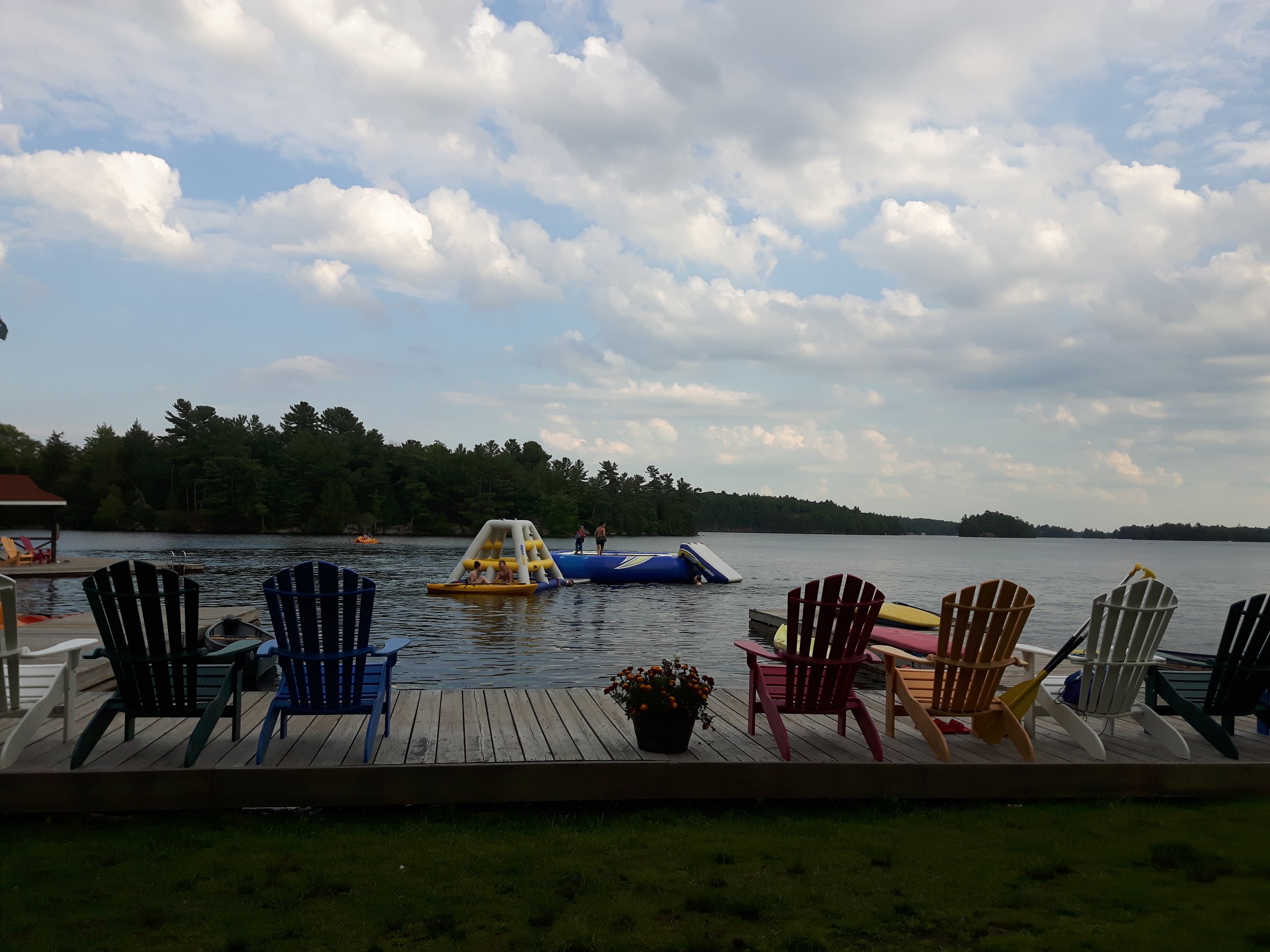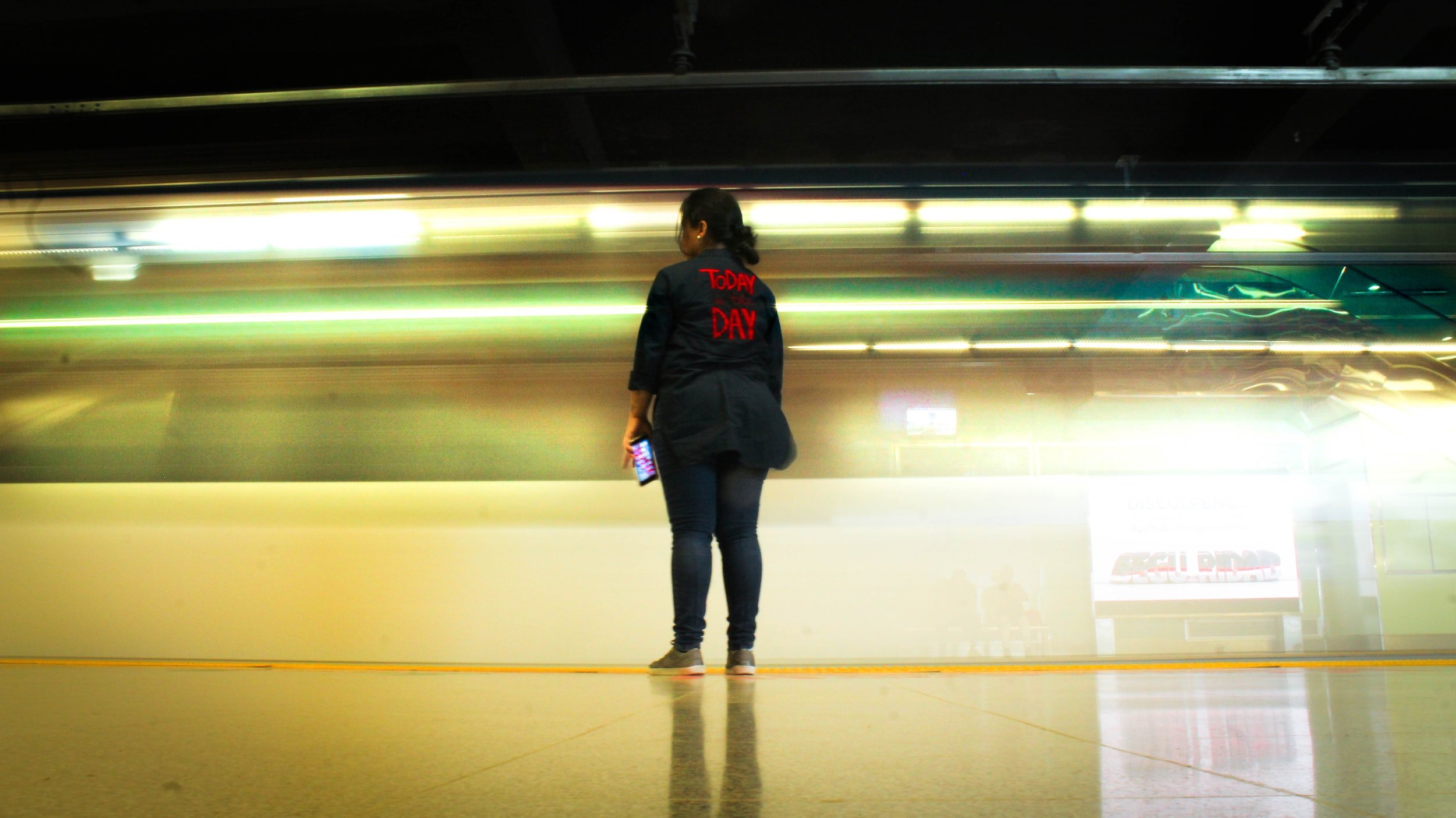
It’s much easier to be connected to our bodies, our breath, when we have time to slow down, when we have access to space, quiet and support….
… and so often it doesn’t feel like we have the privilege or luxury of time, space or quiet…

…soma’ing is all about cultivating the choice and capacity to attend to our embodiment, and its knowing and patterns, through our day-to-day.
…soma’ing is not about doing more. It’s about gaining more awareness of our movement patterns, of being in full choice of who and how we show up and move through life.
… soma’ing is about tools that work in your life, for what matters to you.
Soma’ing
The soma’ing approach is a somatic practice researched and developed by Dr. Twyla Kowalenko. Somatic practices are modalities that guide the practitioner to attend to internal sensations, movements and experiences. Although historically such practices have focused primarily on physical healing, physiological and neuroscientific developments have demonstrated that our brains do not stop at the base of our skulls and that the sensory and movement experience in our whole bodies are an integral aspect of all we do – including thinking, speaking, working, and social engagement (for more information see ‘your body is your brain’ by Amanda Blake, 2018 and ‘Move: How the New Science of Body Movement Can Set Your Mind Free’ by Caroline Williams, 2022).
From an understanding that awareness of embodied experience can provide us with greater insight in how we think, speak and behave in all aspects of our lives, somatic practices are being used in organisational, social change and leadership contexts (for an example see The Art of Somatic Coaching: Embodying Skillful Action, Wisdom, and Compassion by Richard Strozzi-Heckler, 2014).
With the intention of increasing the relevance of somatic practice and awareness in day-to-day environments, the soma’ing approach was developed over the course of 8 years with the engagement of over 600 University students and via the doctoral research of Dr. Kowalenko.
The soma’ing approach:
provides practitioners with simple activities to become aware of their embodied experiences and an understanding of how to use this information to navigate relationships
is an embodied, adaptive curriculum that utilises movement exercises to engage more of our brain’s capacities, particularly our creative and emotional intelligences
is improvisational and relational while expanding practitioners’ social and adaptive capacities and resiliency
engages critical self-reflection via written, partner and group sharing, allowing practitioners to become aware of previously unconscious habits and begin developing new habits
uses real-life scenarios to ground learning, increasing practitioners’ autonomy, empowerment, language and skills to more effectively engage in these areas in life
